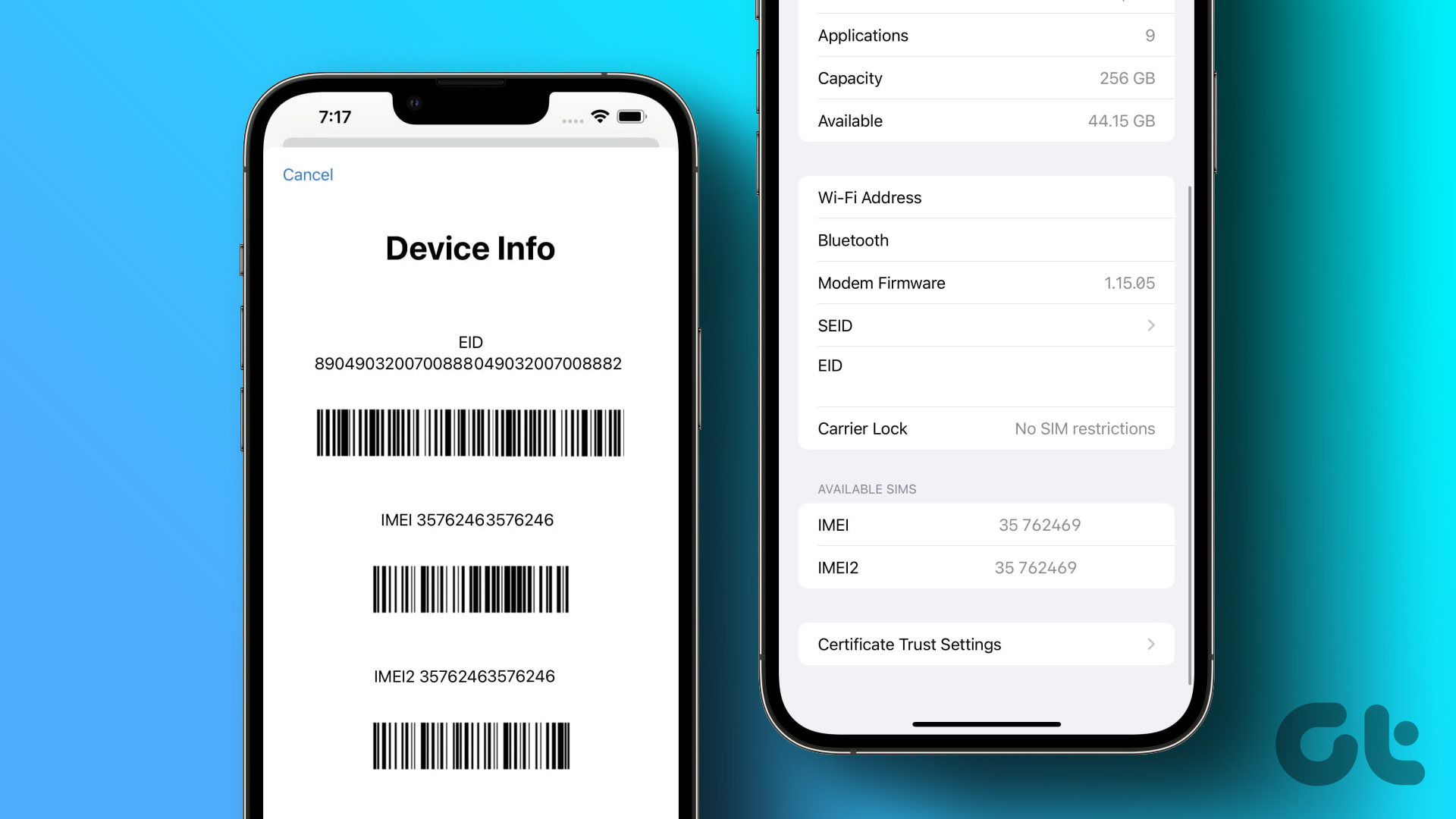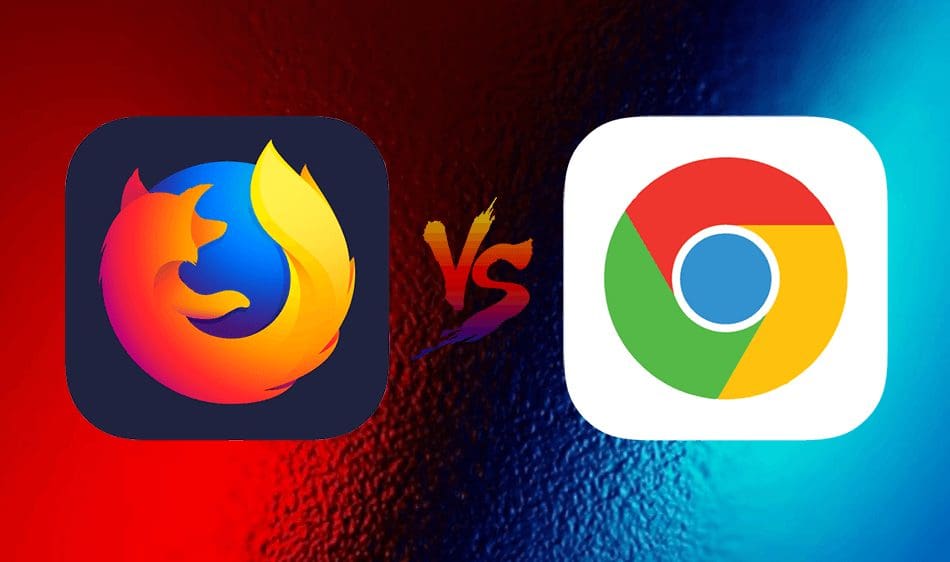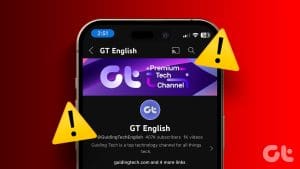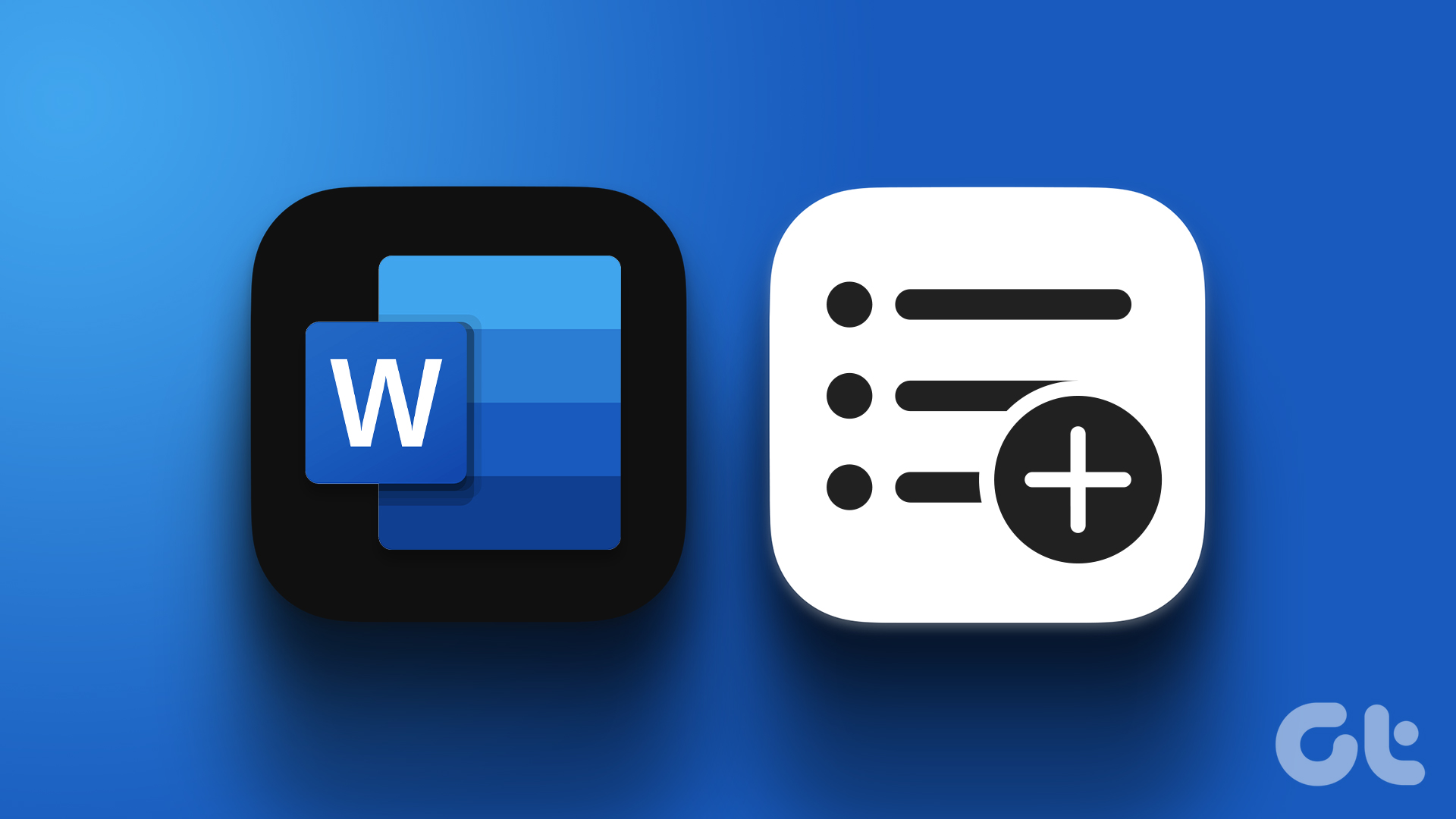Most of us don’t pay attention to details like IMEI and IMSI numbers. When we have to, we don’t know what they are or even how to find them. Do we need to know about them or how they even differ from each other? These are important questions about your privacy and security. We are going to answer them in this post before it’s too late for you to figure out.
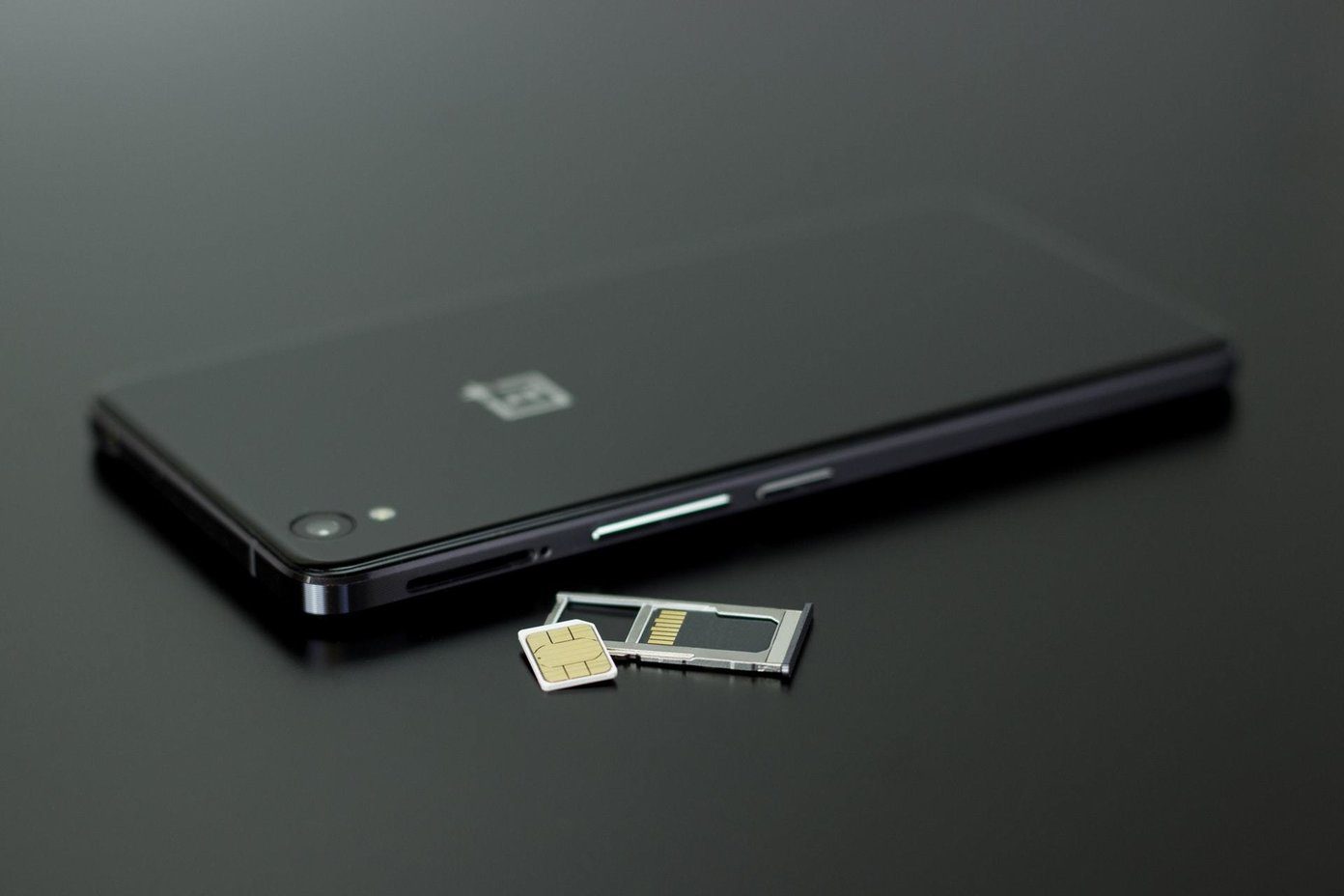
Many of us have heard of IMEI number as it comes in very helpful in finding lost smartphones. But what about IMSI numbers and what is their role.
Let’s find out.
1. What Is IMEI Number
IMEI stands for International Mobile Equipment Identity. Every mobile phone (and new the mobile hotspot dongles) is assigned a unique IMEI number, which is printed on the inside, usually behind the battery pack. They are 15 digits in length. The phone makers allocate unique IMEI numbers to every phone, and these numbers remain unchanged once registered for the rest of its life. So even if you travel to other countries, the telecom operators can identify the Home country of the phone’s sale and registration.
The GSM (Global System for Mobile) Association uses IMEI numbers to store them in a global mobile database which is also central to all network operators, phone makers and other qualified industry parties. While in regular course, the number is useful to identify things like your subscription usage (voice calls, internet) and also determine if there any issues with the quality of services. The IMEI number is as important as the serial number on other products. So the IMEI numbers are used to identify the authenticity of a phone with registration through a SIM card. That means, false or incorrect IMEI number could render bar the telephony services. Also, IMEI numbers only prove the authenticity of the phone and don’t establish any direct relationship with the buyer. For instance, you may have bought a new phone to gift your parents or spouse. Though you might be the buyer (technically), the end user of the phone will be different. A little unrelated, I know, but I just wanted to make that clear.
Telecom companies often use in exceptional circumstances like detecting locked or invalid phones on the network being used for suspicious activities. In the case of CDMA phones, manufacturers use a different terminology called Mobile Equipment Identifier (MEID) or Electronic Serial Number (ESN).
The IMEI number is the first thing a telecom operator’s customer care executive asks if you lose your phone or it gets stolen.
2. What Is IMSI Number
IMSI stands for International Mobile Subscriber Identity. The telecom company assigns a unique number assigned to the SIM card that they issue to their subscribers. The IMSI numbers are 15 digits long (not always though) and can be used to find the subscriber’s country and mobile network, among other SIM-related details. It is tied to the SIM card rather than the phone itself.
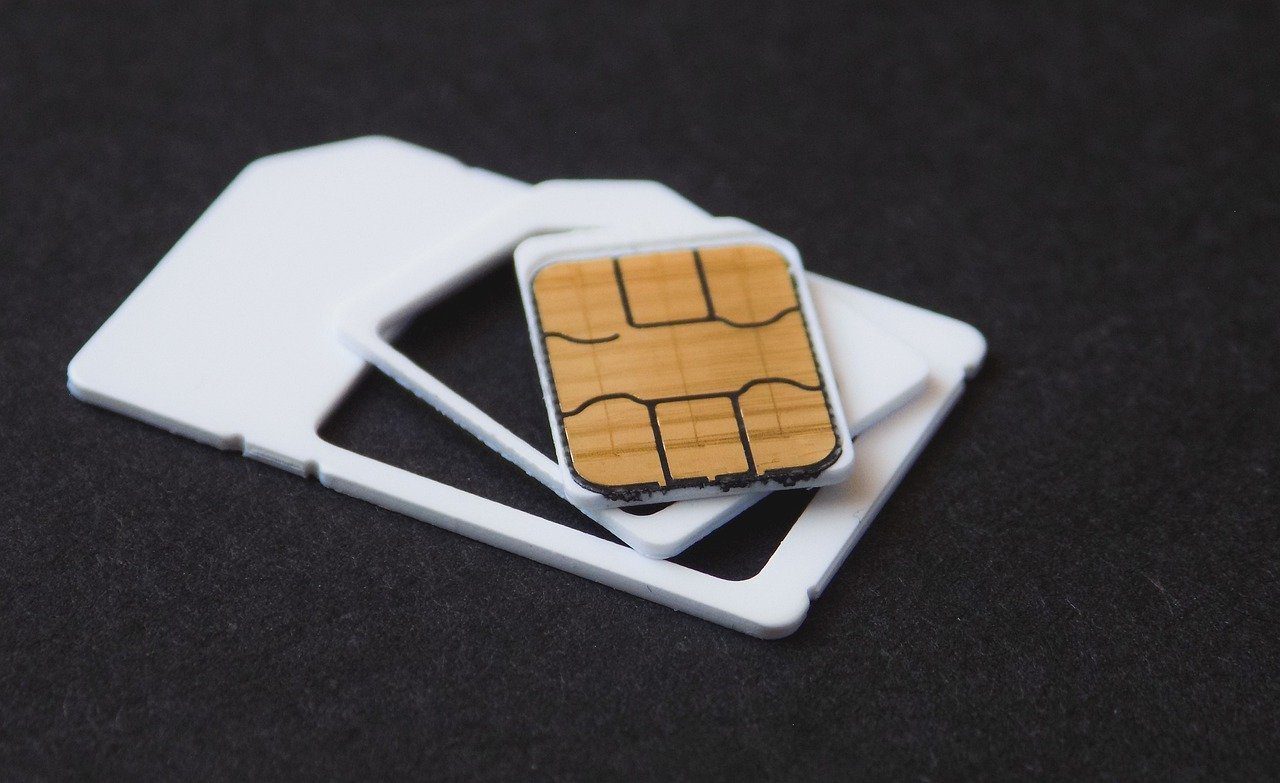
It is worth noting that to protect the privacy of the subscriber, telecom operators instead use another number called TMSI (Temporary Mobile Subscriber Identity) while providing services to the SIM owner. The telecom company uses the TMSI to communicate with its subscriber. They are shorter and much easier to transmit too.
3. How to Find IMEI and IMSI Numbers
If your phone comes with a removable battery unit, you can find the IMEI number printed below the battery. You can also find it printed on the original box, but you threw it a long time ago, didn’t you? Alternatively, you can dial the *#06# code in your phone dialer app to reveal a pop-up with your IMEI number. It is usually 15 digits long and is programmed into the phone.

Do you notice two IMEI numbers in the screenshot above? That’s because I am using a dual SIM phone, and each has to be registered with the carrier. Usually, only the last few digits are different in such cases. It helps the carrier identify and track these phones with IMSI numbers.
Several smartphones have started showing the IMEI number in the About section under Settings. Check out if your phone displays the IMEI number there too.
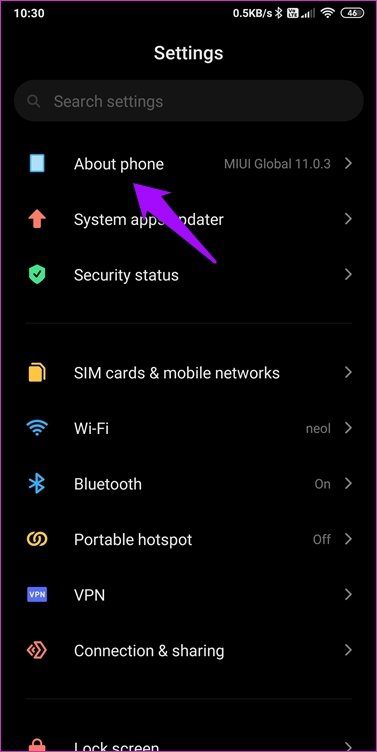
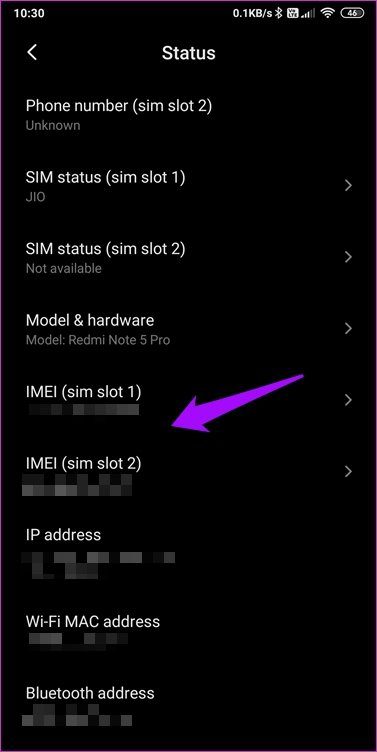
Note: Certain apps also claim to help find it, but we don’t recommend them. It’s not worth the trouble and there are chances that the information might be used to track the user in question. If you need it, call your telecom operator.
4. When to Use IMEI and IMSI Numbers
Because IMEI numbers are unique and cannot be changed easily, they are most useful in tracking and recovering lost or stolen phones. It is used to identify the mobile as all IMEI numbers are stored in a global register called Equipment Identification Register (EIR). Your telecom provider has the power to blacklist or block the phone. When a phone is blacklisted across all networks, no SIM will ever work on it. That means the phone is pretty much useless. I think Wi-Fi should still work.
The hackers use aftermarket tools to make a quick profit by changing the IMEI number. This is called unblocking, which is a criminal offense in many countries. These hackers use tools to assign a new IMEI number (also known as spoofing) to the phone so that it gets unblocked and use it again with a different SIM card. You can face legal consequences of spoofing the mobile IMEI number if it gets caught up in being used for nefarious activities.

On the other hand, when you transfer your SIM card from one phone to another, the IMSI number carries itself to the new phone with the SIM. The IMEI number stays with the phone as it is tied to the phone. Telecom operators use the IMSI number to identify the customer and all the services that he/she has signed up for. That includes your calling, messaging, internet, and other services offered by the company.
5. Security Concerns
It is important to protect your IMEI and IMSI from prying eyes of nefarious apps and trackers. Hackers can use the IMEI number to track and locate your movements. Heck, they can even spoof them to use financial apps after stealing your data.
On a related note, if you encounter a phone without an IMEI number, then it is either an invalid or counterfeit phone. You shouldn’t be buying that no matter how attractive the price. How do you know your IMEI number is valid? Well, you can match the one showed in the software interface with that printed at its back and the packaging box. Another way to check it is by using the LUHN formula.

Same way, IMSI numbers can be used by hackers to track users, intercept calls, messages, and hijack mobile data. That’s because the IMSI number is tied to the SIM card and is directly used to provide relevant services to the subscriber. Hackers can create a spoofed access point to catch the data associated with the IMSI number before relaying the same to the nearest cell tower and back again. Many Hollywood movies show that trick of tracing calls and all. However, the actual usage of such a technique is an extremely complicated process. Not impossible, though.
Because the IMSI number is tied to the SIM and used during communication with cell towers, it can also be used to track the movements of the user. In that case, the cell towers’ location is used to triangulate your position.
That said, the IMEI and IMSI can be extracted by mobile apps to create a personally identifiable profile based on your usage pattern. For instance, based on your browsing activities, several companies can show you specifically targeted ads. And you might wonder, how did that company know that you wanted to buy a new jacket? Well, it could be any app that you’ve blindly permitted to access any information on your phone. Why else would you think your phone is snooping on you? Well, that’s how you get “personalized targeted ads” from the personally identifiable profiles.
Find Your Phone’s Identity
IMEI is tied to the phone and is used to identify the phone. IMSI is tied to the SIM card and is used to identify the subscriber and services assigned to him/her. IMSI moves from phone to phone with the SIM, but IMEI remains with the handset. As an end-user, you will find IMEI useful for blocking lost or stolen phones.
That’s the gist of it. It is a good idea to store your IMEI number somewhere safe so that when the time comes, you can quote it. If the IMEI number is visible in the Settings’ About section, just take a screenshot and save the image in the cloud.
Next up: Lost your smartphone and don’t know its IMEI number? Don’t worry. Click on the link below to learn how you can still find the IMEI number.
Was this helpful?
Last updated on 03 February, 2022
The article above may contain affiliate links which help support Guiding Tech. The content remains unbiased and authentic and will never affect our editorial integrity.

